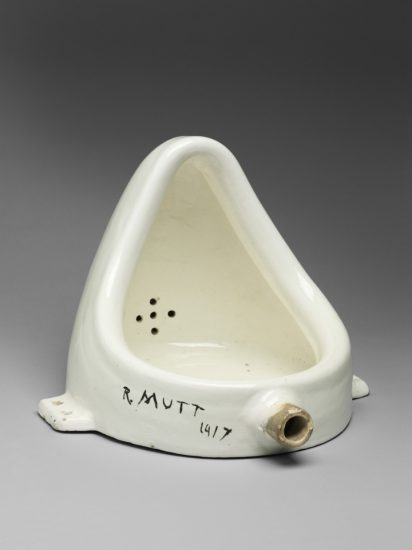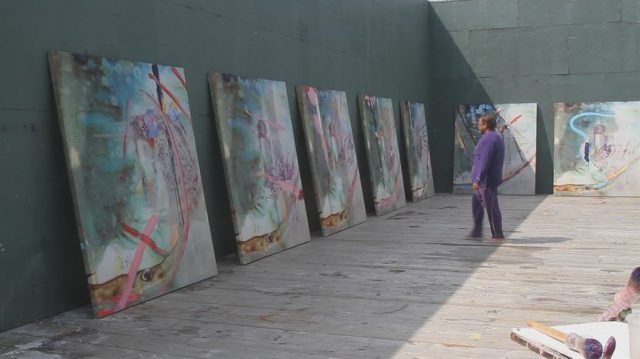
Documentary paints private portrait of superstar artist and filmmaker Julian Schnabel
JULIAN SCHNABEL: A PRIVATE PORTRAIT (Pappi Corsicato, 2017)
Quad Cinema
34 West 13th St. between Fifth & Sixth Aves.
Opens Friday, May 5
212-255-2243
www.quadcinema.com
cohenmedia.net
 It’s very possible that superstar artist Julian Schnabel is one of the greatest guys in the world, beloved by friends, family, colleagues, and anyone else who comes into contact with him. I met him once briefly and he was very funny and charming. In Italian writer-director Pappi Corsicato’s Julian Schnabel: A Private Portrait, praise upon praise is heaped on Schnabel, a marvelously talented painter, sculptor, and filmmaker, with nary a glib or less-than-glowing word anywhere to be seen or heard. A longtime friend of Schnabel’s, Corsicato followed the artist for two years and was given full access to his personal archives, resulting in a bevy of fab footage and home movies and photos, from Schnabel as a baby to his surfing days to his family life with his kids and grandchildren. Daughters Lola and Stella rave about him, as do sons Vito, Cy, and Olmo, sister Andrea Fassler, friend Carol McFadden, and ex-wives Jacqueline Beaurang Schnabel and Olatz Schnabel. Also glorying in all things Julian are actors Willem Dafoe, Al Pacino, Mathieu Amalric, and Emmanuelle Seigner, artist Jeff Koons, musicians Bono and Laurie Anderson, gallerist Mary Boone, art collector Peter Brant, French novelist and screenwriter Jean-Claude Carrière, and the late writer-director Héctor Babenco, who all gush about Schnabel’s ingenuity. (Dick Cavett, Takashi Murakami, Christopher Walken, and Francesco Clemente did not make the final cut.)
It’s very possible that superstar artist Julian Schnabel is one of the greatest guys in the world, beloved by friends, family, colleagues, and anyone else who comes into contact with him. I met him once briefly and he was very funny and charming. In Italian writer-director Pappi Corsicato’s Julian Schnabel: A Private Portrait, praise upon praise is heaped on Schnabel, a marvelously talented painter, sculptor, and filmmaker, with nary a glib or less-than-glowing word anywhere to be seen or heard. A longtime friend of Schnabel’s, Corsicato followed the artist for two years and was given full access to his personal archives, resulting in a bevy of fab footage and home movies and photos, from Schnabel as a baby to his surfing days to his family life with his kids and grandchildren. Daughters Lola and Stella rave about him, as do sons Vito, Cy, and Olmo, sister Andrea Fassler, friend Carol McFadden, and ex-wives Jacqueline Beaurang Schnabel and Olatz Schnabel. Also glorying in all things Julian are actors Willem Dafoe, Al Pacino, Mathieu Amalric, and Emmanuelle Seigner, artist Jeff Koons, musicians Bono and Laurie Anderson, gallerist Mary Boone, art collector Peter Brant, French novelist and screenwriter Jean-Claude Carrière, and the late writer-director Héctor Babenco, who all gush about Schnabel’s ingenuity. (Dick Cavett, Takashi Murakami, Christopher Walken, and Francesco Clemente did not make the final cut.)
Of course, Schnabel is an extraordinary artist with wide-ranging interests; Corsicato explores such Schnabel films as Basquiat, Before Night Falls, The Diving Bell and the Butterfly, and Berlin as well as such exhibitions as 1988’s “Reconocimientos: Pinturas del Carmen (The Recognitions Paintings: El Carmen),” retrospectives at the Museo Nacional Centro de Arte Reina Sofía and the Brant Foundation, and a pair of 2014 shows in São Paulo. The film goes back and forth between Montauk and Manhattan, where Schnabel lives and works, including an extended look at his pink Palazzo Chupi in the West Village. Watching Schnabel paint on his large canvases or using broken plates (often in his pajamas) and set up the exhibitions are the best parts of the film, although he never does quite delve into specifics about the artistic choices he makes. The rest of the film is a sugary love letter that he himself contributes to; although he gave full control to Corsicato, who has previously made video documentaries about Koons, Richard Serra, Robert Rauschenberg, Anish Kapoor, Gilbert & George, and others, it is telling that Schnabel is credited as an executive producer. In the end, Julian Schnabel: A Private Portrait feels like a vanity project, lacking any kind of cinematic tension or narrative conflict; it’s the type of movie one might show at an intimate celebration, not on screens to strangers. So even if Schnabel is an all-around terrific, creative human being, that doesn’t mean a film about his life is entertaining and illuminating, at least not in this case. Julian Schnabel: A Private Portrait opens May 5 at the Quad, with Corsicato participating in a Q&A at the 8:10 show Friday night.
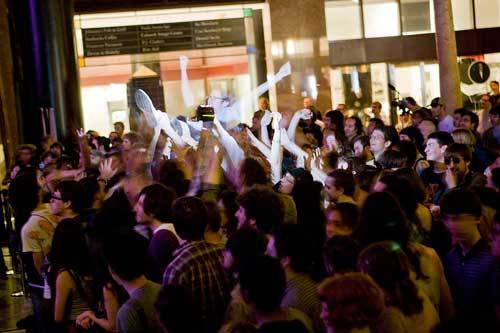
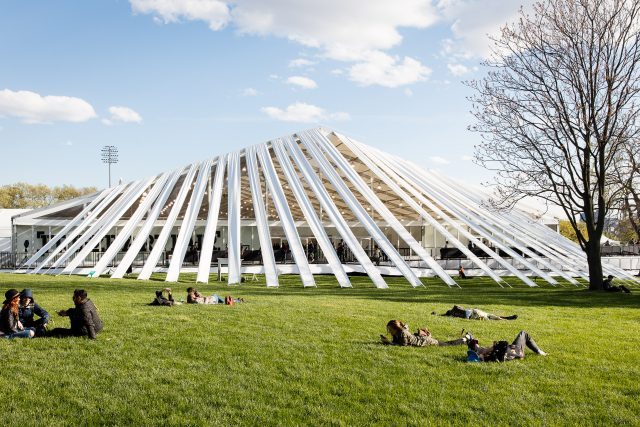
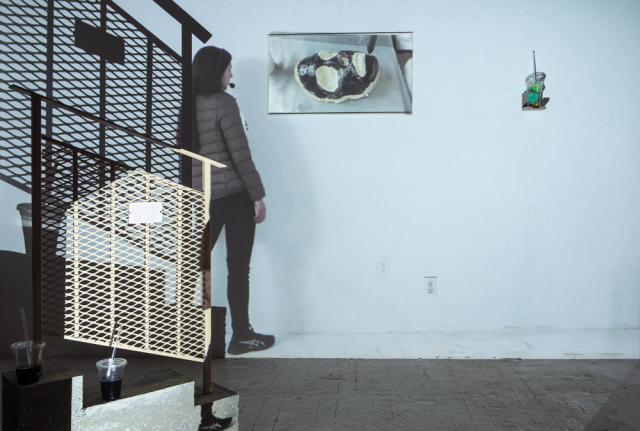
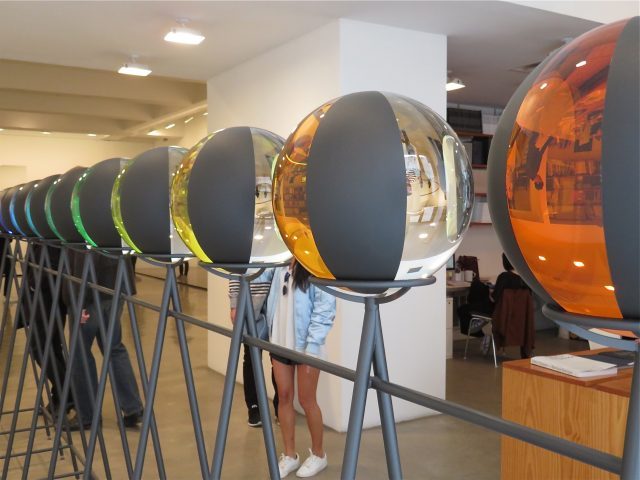
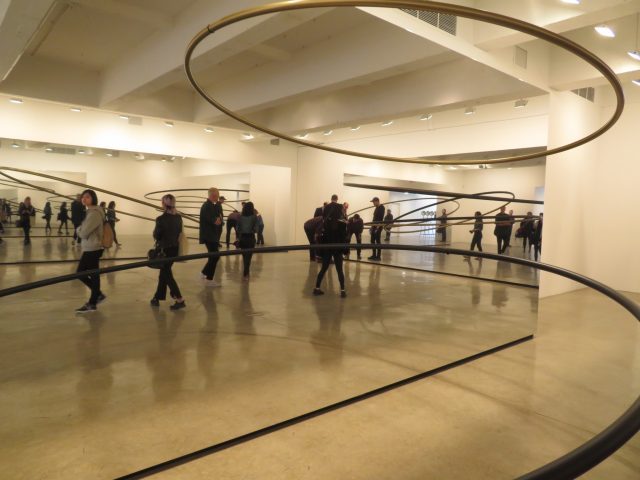
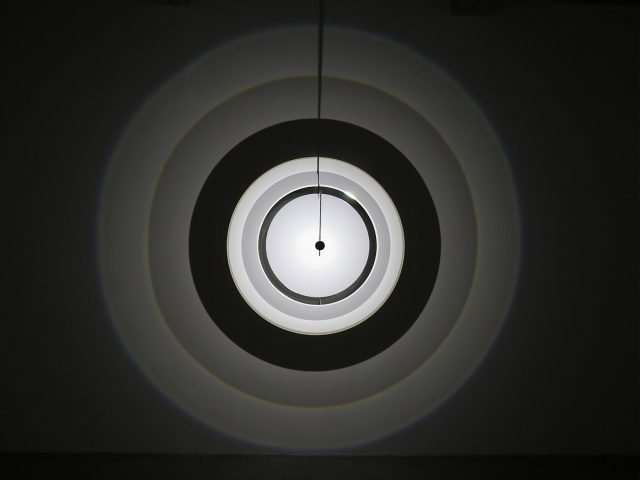
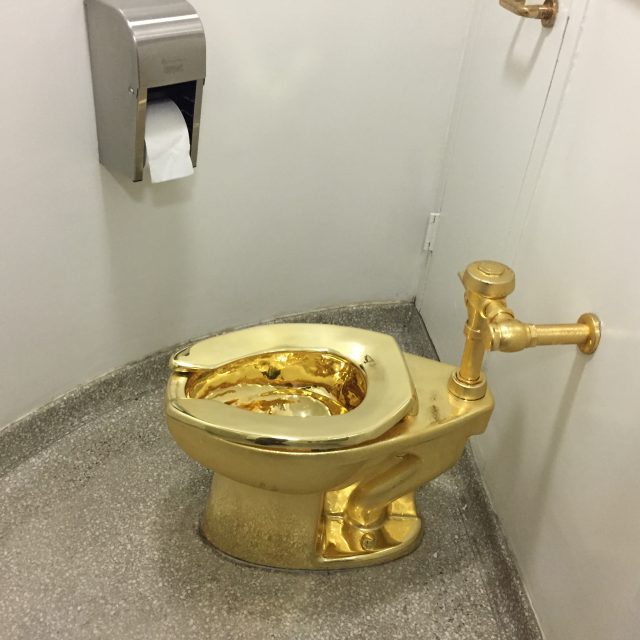
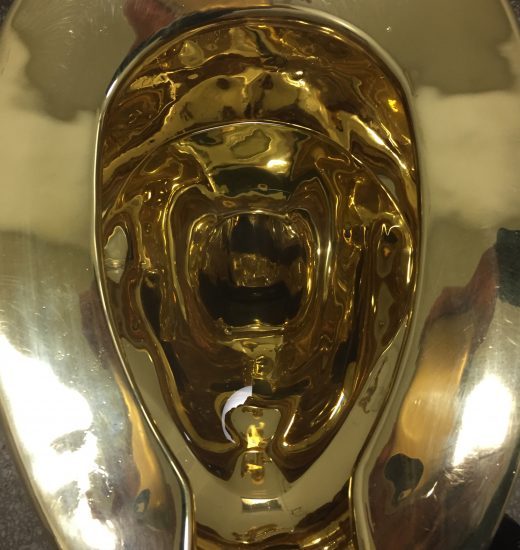
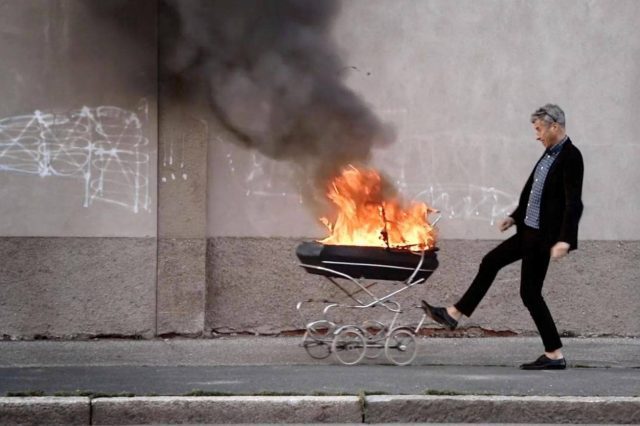
 Italian artist and prankster extraordinaire Maurizio Cattelan has built his wildly successful career out of controversy, provocation, and mystery, taking on the very art world that has made him a superstar. Documentarian Maura Axelrod includes the same elements in her vastly entertaining film, Maurizio Cattelan: Be Right Back. The title refers to both the beginning of Cattelan’s career, a Milan solo show in which he locked the gallery door and hung a sign on it that said “Torno Subito” (Be Right Back) as well as what might or might not be the end, as he announced his retirement following the brilliant 2011 retrospective at the Guggenheim,
Italian artist and prankster extraordinaire Maurizio Cattelan has built his wildly successful career out of controversy, provocation, and mystery, taking on the very art world that has made him a superstar. Documentarian Maura Axelrod includes the same elements in her vastly entertaining film, Maurizio Cattelan: Be Right Back. The title refers to both the beginning of Cattelan’s career, a Milan solo show in which he locked the gallery door and hung a sign on it that said “Torno Subito” (Be Right Back) as well as what might or might not be the end, as he announced his retirement following the brilliant 2011 retrospective at the Guggenheim, 
